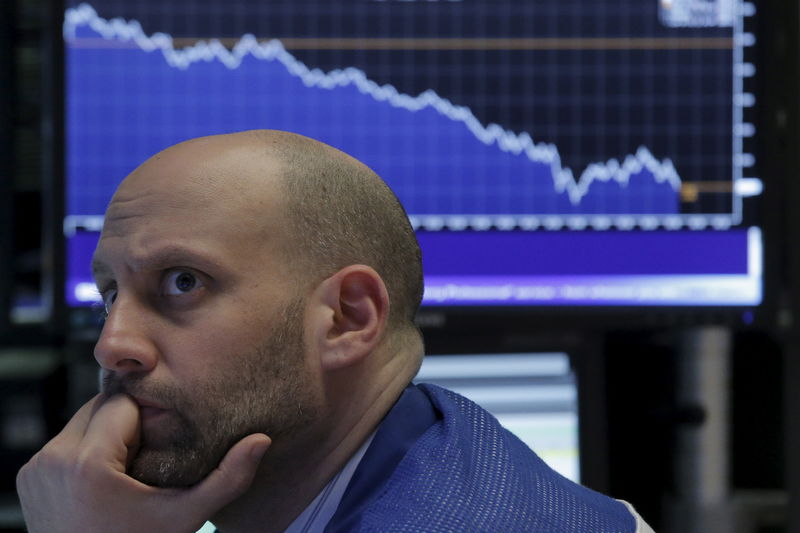This post was originally published on this site
https://i-invdn-com.akamaized.net/news/LYNXNPEC0D0AP_M.jpg © Reuters.
© Reuters.Invesitng.com – Overstock slumped to a seven-year low Tuesday after the online retailer reported a larger loss than expected as efforts to rein in marketing activities hurt sales.
Losses narrowed to 89 cents a share, from $1.55 a share in the year-ago period, but estimates from Investing.com for a loss of 56 cents a share. Revenue fell 21% to $347 million, short of estimates of $376 million.
Overstock (NASDAQ:) slumped 15%, with selling intensifying on reports that the company filed for a possible offering of stock of up to $150 million in shares.
The retailer blamed the loss on a plunge in product sales, driven by a sharp fall in marketing activities, which was part of its effort to return its retail business to profit.
Sales and marketing expenses fell 38% to $34.2 million in the quarter from a year earlier.
In January 2018, Overstock ramped up sales and marketing expenses to attract new customers and generate revenue growth, but abandoned this strategy a few months later in August.
“We significantly reduced spending in the sponsored search and display ads on social media marketing channels,” the company said.
The U.S.-China trade war also proved a headwind during the quarter as search traffic was taking longer than expected to translate into buying customers amid waning consumer confidence.
Overstock, however, has been diversifying its sourcing over the last several years.
Sales generated from products that received tariff increases fell to 12.2% since the U.S. S tariffs were implemented, bringing down the total assortments from China to about 50% from nearly 85% after the 2008 recession.
Fusion Media or anyone involved with Fusion Media will not accept any liability for loss or damage as a result of reliance on the information including data, quotes, charts and buy/sell signals contained within this website. Please be fully informed regarding the risks and costs associated with trading the financial markets, it is one of the riskiest investment forms possible.


